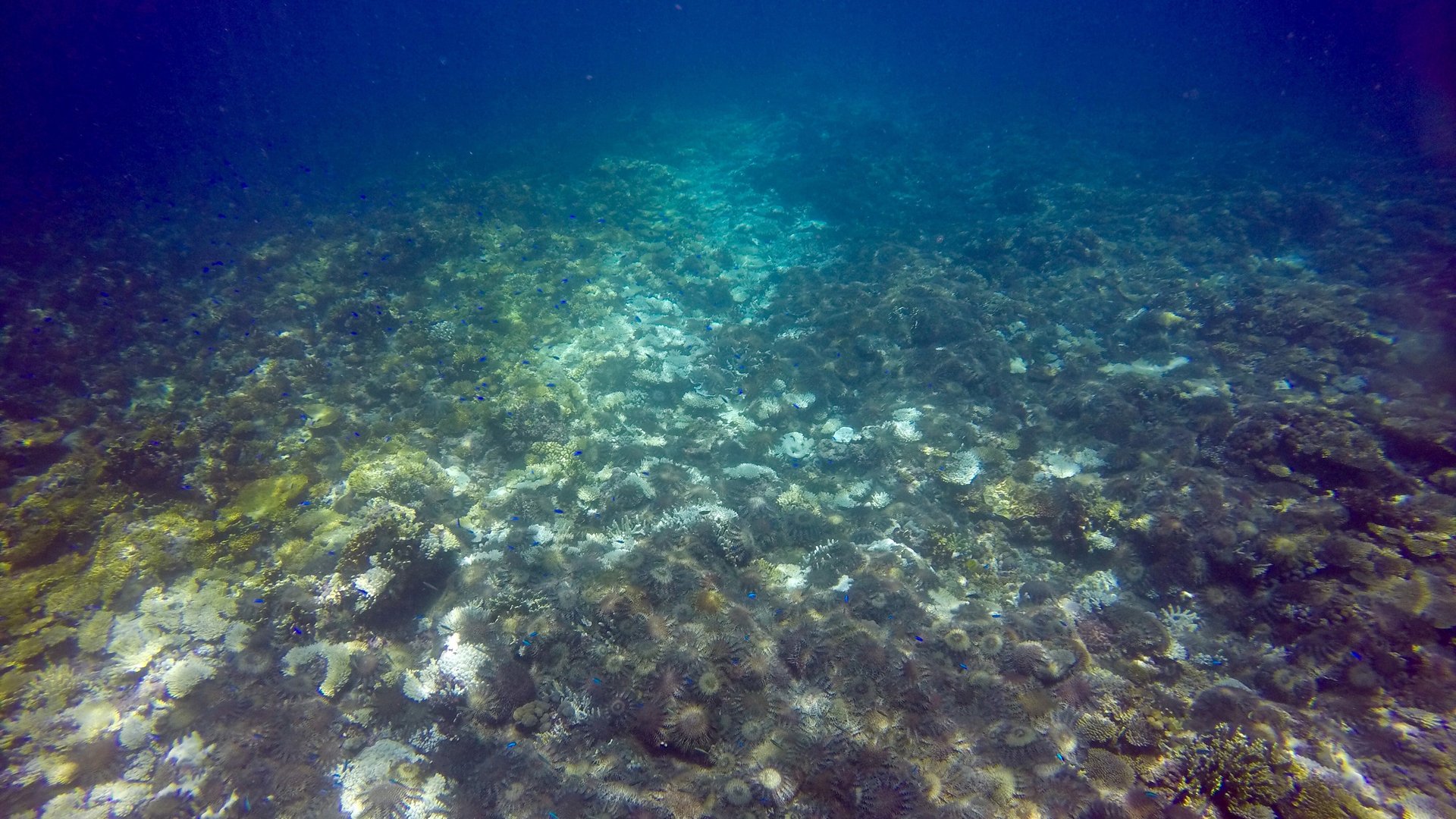Millions of starfish are mysteriously dying, and now scientists think they know why
Up and down the the west coast of North America, starfish are dying. A lot of them. And nobody really knows quite why.


Up and down the the west coast of North America, starfish are dying. A lot of them. And nobody really knows quite why.
They aren’t just dropping dead, either. These afflicted sea creatures are meeting a gruesome end. Parts of their bodies turn to mush, they often lose their legs, and in some cases their bodies rip themselves apart and into pieces.
This mysterious affliction, which researchers have been calling “sea star wasting disease,” has attacked more than 20 different species of starfish along North America’s Pacific coast since at least 2013, decimating the predatory animal’s population. That’s reshaped the ecology of a wide geographic region stretching from Mexico to Alaska. Scientists have been left scratching their heads trying to figure out what’s causing the disease, and until now they’ve come up empty handed.
According to a new study published this week in the journal Scientific Reports, tiny microbes might play a major role. A team of biologists with the University of Vermont think microbes that live inside and on the creatures are helping the disease to progress and ultimately cause fatality.
“There’s a whole suite of known pathogens that increase in abundance with the onset of the disease,” said the lead researcher, Melissa Pespeni, in a statement. “If this disease was happening in humans, it would be the making of a Stephen King novel.”
Researchers still don’t know what causes the disease, but once it hits a starfish, the number of disease-causing bacteria belonging to the genus Tenacibaculum spike, while at the same time good bacteria from the genus Pseudoalteromonas decrease in number. The changing state of the starfish’s microbiome ultimately overwhelms and kills it.
To come to this conclusion, researchers collected 37 healthy-looking ochre sea stars from the Monterey Bay area in California, put them each in their own tank, and observed them over the course of two weeks. In that time, 29 developed the disease and ultimately perished. The eight starfish that lived had an “overall richness of microbes”—particularly Pseudoalteromonas bacteria, according to the study—that the sick ones lacked.
It’s still not possible to pinpoint what might be at the root of the problem. The researchers speculate that, whatever it is, it may have been triggered by pollution or environmental changes.